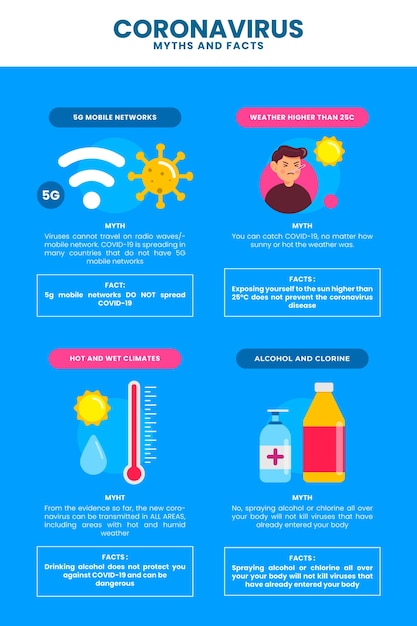

Hurricanes are nature’s way of reminding us of her power.
In the eye of the hurricane, there is always a moment of eerie calm.
Hurricanes can form in the Atlantic Ocean, Pacific Ocean, and even the Indian Ocean.
Hurricanes are named after people in order to make them more memorable.
The strongest hurricanes are classified as Category 5 storms.
Hurricanes can cause storm surges, which can flood coastal areas.
Large hurricanes can have an impact on the atmospheric conditions worldwide.
The eye of a hurricane can be as small as just a few miles or as large as 200 miles in diameter.
The deadliest hurricane in recorded history was the Great Galveston Hurricane of 1900.
Hurricane Harvey dropped a record-breaking 60 inches of rain in some parts of Texas.
Hurricanes are fueled by warm ocean waters, which provide the energy needed for their formation.
NASA uses satellites to monitor and predict the path of hurricanes.
Hurricanes can cause power outages that last for days or even weeks.
Hurricane hunters fly into the heart of hurricanes to gather data and improve forecasting.
The outer bands of a hurricane can stretch for hundreds of miles, affecting a large area.
The Saffir-Simpson Hurricane Wind Scale is used to categorize hurricanes based on their wind speed.
Hurricanes can spawn tornadoes, adding to their destructive power.
A hurricane’s strength can weaken rapidly if it encounters cooler ocean waters or dry air.
Hurricane Katrina was one of the costliest natural disasters in U.S. history.
The word hurricane comes from the Native American Taino language.
Storm surge is the leading cause of hurricane-related deaths.
Hurricane Isabel in 2003 caused the largest evacuation in U.S. history at that time.
The eye wall of a hurricane contains the strongest winds and most intense rainfall.
Hurricanes can carry winds of over 160 miles per hour, causing significant damage.
The Caribbean is particularly vulnerable to hurricanes due to its location and warm waters.
Hurricane Andrew in 1992 devastated parts of Florida, causing billions of dollars in damage.
Climate change is expected to make hurricanes more intense and frequent in the future.
The Atlantic hurricane season runs from June 1 to November 30 each year.
The storm surge caused by Hurricane Sandy in 2012 flooded parts of New York City and New Jersey.
Hurricane Camille in 1969 brought 23 inches of rain to parts of Virginia in just a few hours.
Hurricane Maria in 2017 caused unprecedented destruction in Puerto Rico.
The cone of uncertainty is the area where a hurricane’s path is predicted to fall within.
Hurricane Hugo in 1989 caused $8 billion in damages and claimed the lives of dozens of people.
The warm waters of the Gulf of Mexico often provide fuel for powerful hurricanes.
Hurricane Florence in 2018 dumped record amounts of rain on the Carolinas, causing widespread flooding.
The eye of a hurricane appears calm because the sinking air creates a cloud-free area.
Hurricane Charley in 2004 caused significant destruction in Florida with winds of 150 mph.
The deadliest hurricane in the Atlantic Basin was the Great Hurricane of 1780, claiming an estimated 22,000 lives.
Hurricanes rotate counterclockwise in the Northern Hemisphere and clockwise in the Southern Hemisphere.
Hurricane Wilma in 2005 holds the record for the lowest central pressure of any Atlantic hurricane.
The heaviest rainfall ever recorded from a tropical cyclone occurred during a stalled storm in Reunion Island in 1952, totaling 182.5 inches in three days.
The 1970 Bhola cyclone in Bangladesh is considered the deadliest cyclone in history, resulting in over 500,000 fatalities.
Hurricane Patricia in 2015 became the most powerful hurricane ever recorded in the Western Hemisphere.
The strongest hurricanes can generate waves over 50 feet high.
Despite the destruction they cause, hurricanes help redistribute heat from the equator to the poles, helping to regulate global climate.
Around the world, coffee enthusiasts enjoy Monin coffee concentrate since it is a multipurpose product. Conveniently combining…
The Importance of Choosing the Right Shower for Your Bathroom Renovating your bathroom can be…
Usain Bolt holds the record for the fastest 100-meter sprint in history.Bolt was named Sportsman…
Love is in the air... and it smells suspiciously like chocolate!Roses are red, violets are…
Life's a beach, take a picture and relax.Sun, sand, and salty kisses. That's what beach…
Hungary is home to the largest thermal water cave system in the world.The Rubik's Cube…